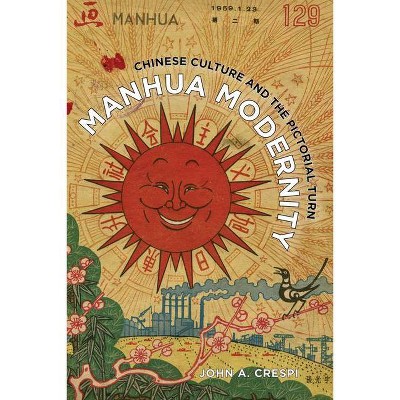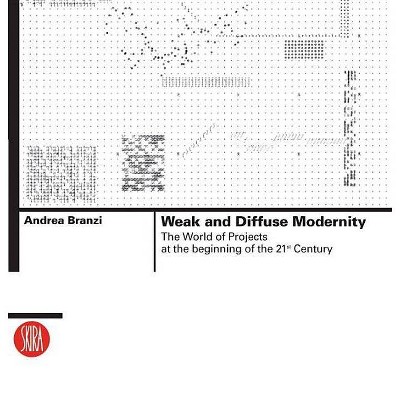Manhua Modernity - by John A Crespi (Paperback)

Similar Products
Products of same category from the store
AllProduct info
<p/><br></br><p><b> About the Book </b></p></br></br>"From fashion sketches of smartly dressed Shanghai dandies in the 1920s, to multipanel drawings of refugee urbanites during the war against Japan, to panoramic pictures of anti-American propaganda rallies in the early 1950s, the polymorphic cartoon-style art known as manhua helped define China's modern experience. Manhua Modernity offers a richly illustrated, deeply contextualized analysis of these illustrations across the lively pages of popular pictorial magazines that entertained, informed, and mobilized a nation through a half century of political and cultural transformation. In this compelling media history, John Crespi argues that manhua must be understood in the context of the pictorial magazines that hosted them, and in turn these magazines must be seen as important mediators of the modern urban experience. Even as times changed-from interwar-era consumerism to war-time mobilization to Mao-style propaganda-the art form adapted to stay on the cutting edge of both politics and style"--<p/><br></br><p><b> Book Synopsis </b></p></br></br>A free open access ebook is available upon publication. Learn more at www.luminosoa.org.<br /><br /> From fashion sketches of smartly dressed Shanghai dandies in the 1920s, to multipanel drawings of refugee urbanites during the war against Japan, to panoramic pictures of anti-American propaganda rallies in the early 1950s, the polymorphic cartoon-style art known as <i>manhua</i> helped define China's modern experience. <i>Manhua Modernity</i> offers a richly illustrated, deeply contextualized analysis of these illustrations across the lively pages of popular pictorial magazines that entertained, informed, and mobilized a nation through a half century of political and cultural transformation. In this compelling media history, John Crespi argues that <i>manhua</i> must be understood in the context of the pictorial magazines that hosted them, and in turn these magazines must be seen as important mediators of the modern urban experience. Even as times changed--from interwar-era consumerism to war-time mobilization to Mao-style propaganda--the art form adapted to stay on the cutting edge of both politics and style.<p/><br></br><p><b> From the Back Cover </b></p></br></br><p>"An original and innovative re-conceptualization of <i>manhua</i> in relation to the pictorial magazine, or <i>huabao</i>. Crespi's meticulous study shows the many benefits of interpreting<i> </i>Chinese comics, cartoons, and other illustrations not simply as image genres, but rather as part of a larger print culture institution. <i>Manhua Modernity</i> is a must-read for anyone interested in modern Chinese visual culture."--Christopher Rea, author of <i>The Age of Irreverence: A New History of Laughter in China</i> <p/> "A rich media-centered reading of Chinese comics from the mid-1920s through the 1950s, <i>Manhua Modernity</i> shifts the emphasis away from ideological interpretation and demonstrates that the pictorial turn requires examinations of manhua in its heterogenous, expansive, spontaneous, and interactive ways of engaging its audience's varied experiences of fast-changing everyday life."--Yingjin Zhang, author of <i>Cinema, Space, and Polylocality in a Globalizing China</i></p><p/><br></br><p><b> About the Author </b></p></br></br><b>John A. Crespi </b>is an Associate Professor of Chinese and Asian Studies in the Department of East Asian Languages and Literatures at Colgate University. He is the author of <i>Voices in Revolution: Poetry and the Auditory Imagination in Modern China</i>
Price History
Cheapest price in the interval: 34.99 on November 8, 2021
Most expensive price in the interval: 34.99 on December 20, 2021
Price Archive shows prices from various stores, lets you see history and find the cheapest. There is no actual sale on the website. For all support, inquiry and suggestion messages communication@pricearchive.us




















